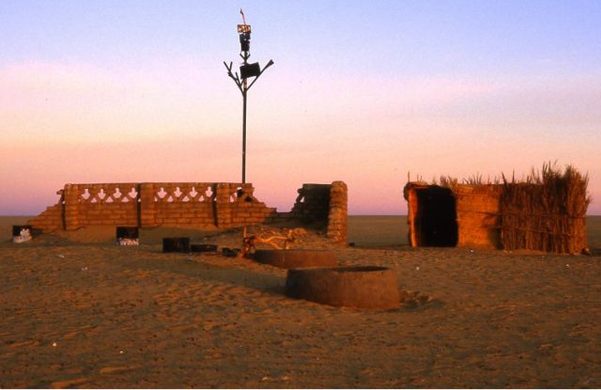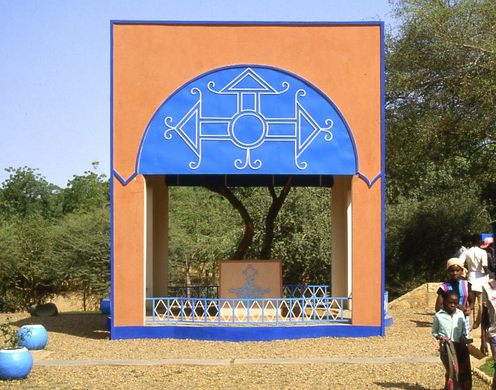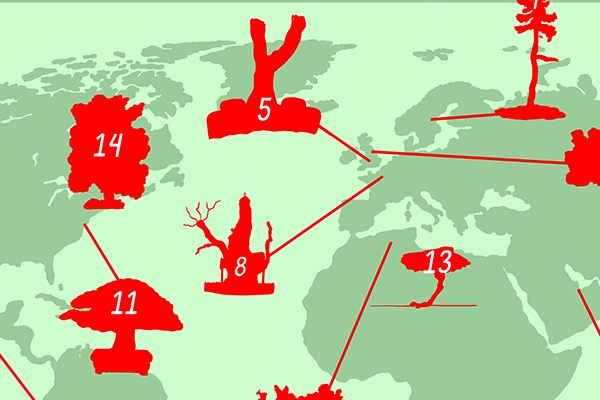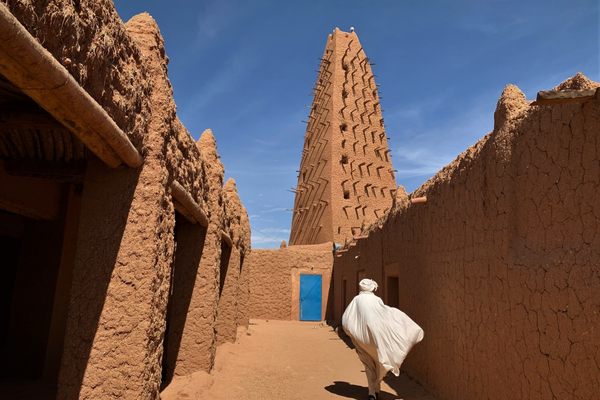Last Tree of Ténéré
The most remote tree in the world survived desertification, but not a drunk truck driver.
The Ténéré wastelands of northeastern Niger were once populated by a forest of trees. By the 20th century, desertification had wiped out all but one solitary acacia.
The Tree of Ténéré, as it came to be called, had no companions for 400 kilometers in every direction. Its roots reached nearly 40 meters deep into the sand.
The tree had become a sacred object among the nomadic Tuareg people that would pass by it on their journeys, never using it for firewood, or allowing their camels to graze on it. As more desert explorers came across the shockingly hardy plant, it became quite well known and was even included as a landmark on European military maps of the otherwise desolate expanse during the 1930s. When Michel Lesourd of the Central Service of Saharan Affairs first came upon the tree in 1939, he wrote:
“One must see the Tree to believe its existence. What is its secret? How can it still be living in spite of the multitudes of camels which trample at its sides? How at each azalai does not a lost camel eat its leaves and thorns? Why don’t the numerous Touareg leading the salt caravans cut its branches to make fires to brew their tea? The only answer is that the tree is taboo and considered as such by the caravaniers. There is a kind of superstition, a tribal order which is always respected. Each year the azalai gather round the Tree before facing the crossing of the Ténéré. The Acacia has become a living lighthouse; it is the first or the last landmark for the azalai leaving Agadez for Bilma, or returning.”
When a nearby well finally dug, the secret to the miraculous tree’s survival was finally discovered. While the surface of the desert was a wasteland, the Ténéré tree’s roots reached over a hundred feet underground into the water table. But not even its incredible roots could save it from its eventual demise.
For most of its modern life, the tree was the only structure around for 250 miles in any direction, yet despite this, in 1973, a reportedly inebriated truck driver mowed down the acacia. The remains of the tree were relocated to the Niger National Museum in Niamey, and a lonely metal sculpture was put in the tree’s place to commemorate it.
Community Contributors
Added by
Edited by
The Atlas Obscura Podcast is Back!























Follow us on Twitter to get the latest on the world's hidden wonders.
Like us on Facebook to get the latest on the world's hidden wonders.
Follow us on Twitter Like us on Facebook